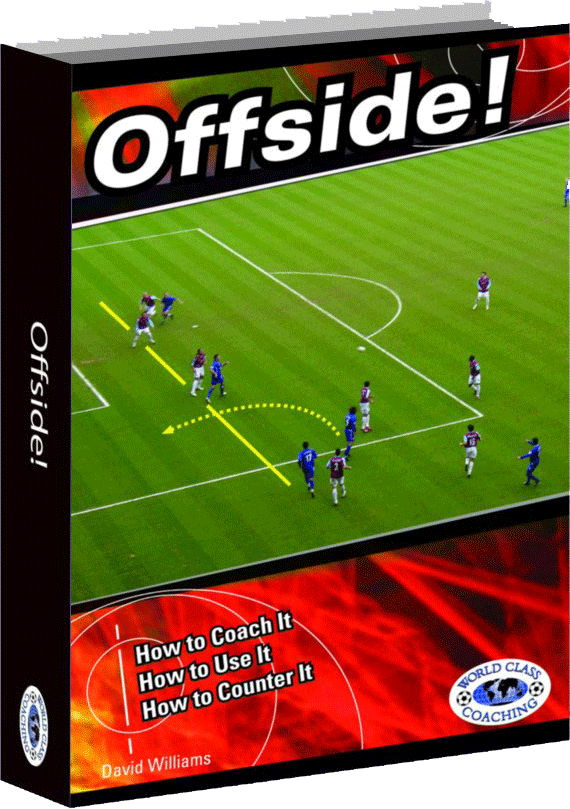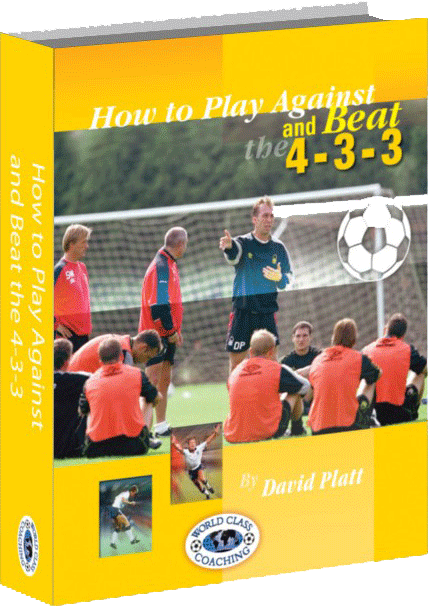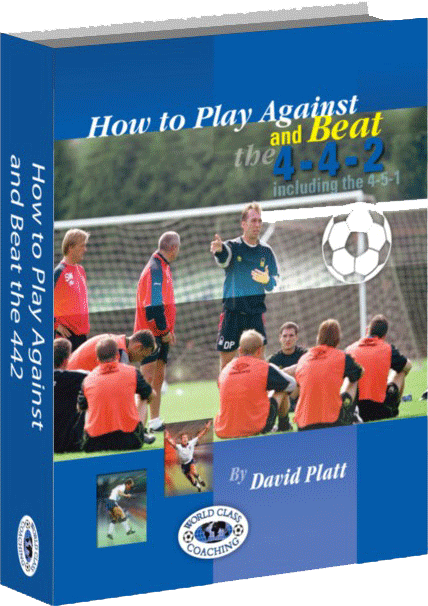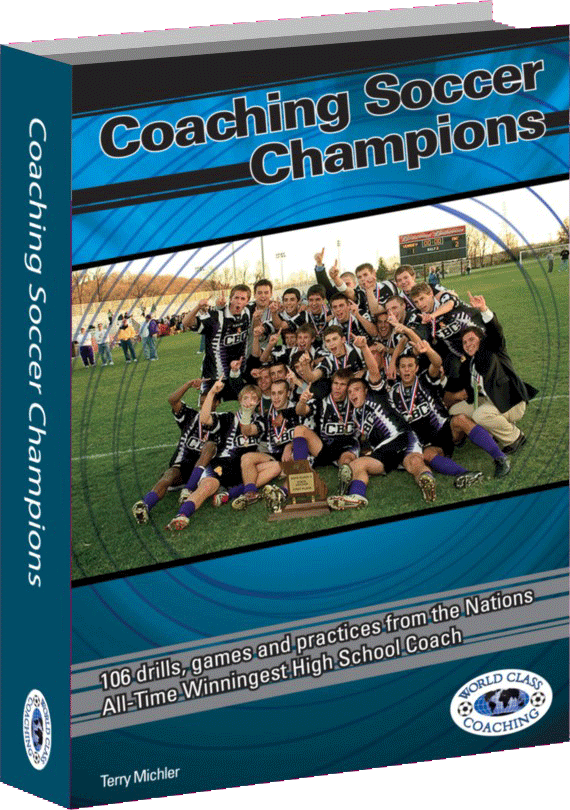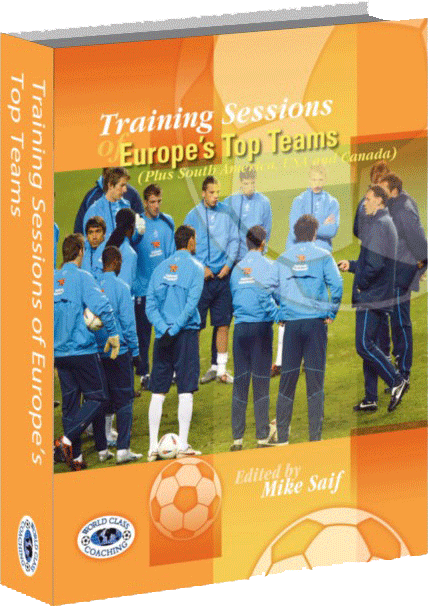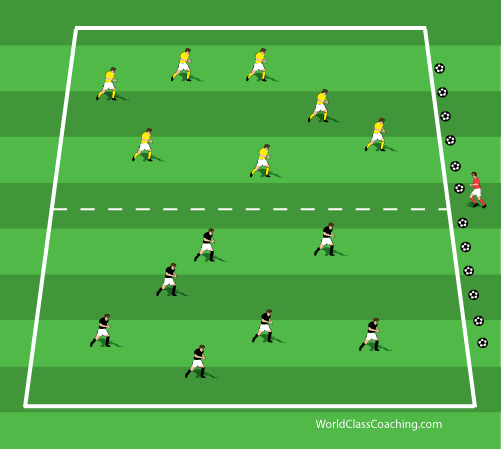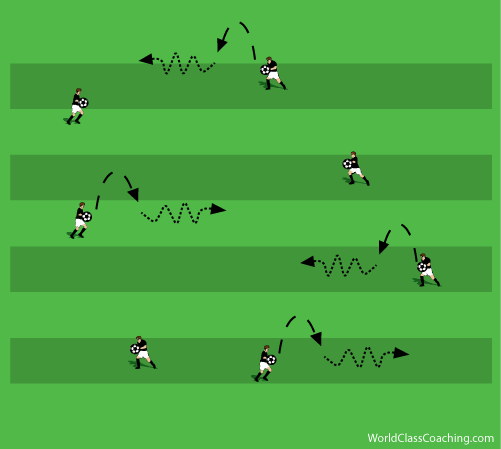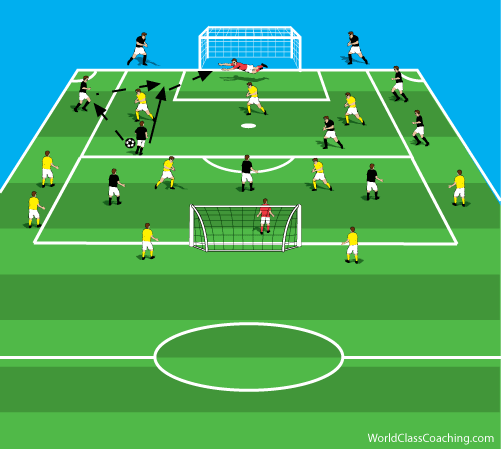Integrating the Goalkeeper into Team Training
I don't think most coaches give a lot of thought to the needs of their goalkeepers when they sit down to plan their session. They're usually just another player in the team for most of the session and then go in goal when it comes time to shoot or play a game. While it's important for all goalkeepers, especially young goalkeepers, to work with the ball at their feet they also need to train with the team in functional exercises. This establishes a link between the goalkeeper rest of the team that will translate to game day.
A book that got me thinking about this subject is, "Team Training for the Goalkeeper" by John Murphy. In this book Murphy gives examples for training your goalkeepers with the team in all phases of training. Warm-up, Functional Training, Possession, Small-Sided Games, Phase of Play exercises and 11 v 11 setting are all discussed. He also includes full sessions that integrate the goalkeeper throughout the session.
Here are a few warm-up exercises
Continue reading

